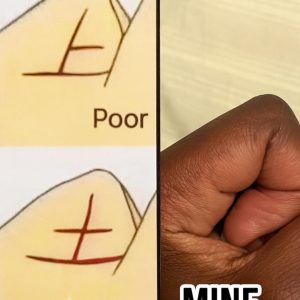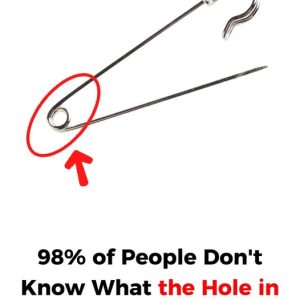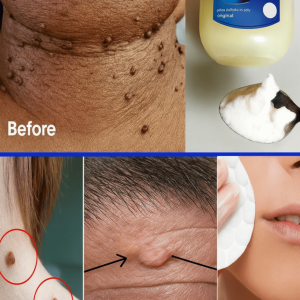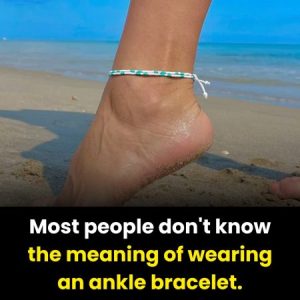
Br.ea.st can.cer and ovarian can.cer are among the most common cancers affecting women worldwide. While they involve different organs, research increasingly shows that they can be biologically linked—especially through shared genetics. Understanding this connection can help women make more informed choices about prevention, screening, and treatment.
Shared Genetic Risk Factors

The strongest link between b.rea.st and ovarian can.cer is found in mutations of the BRCA1 and BRCA2 genes. These genes normally act as tumor suppressors by repairing damaged DNA. When mutations occur, the risk of cancer rises sharply.
- Women with a BRCA1 mutation face up to a 72% lifetime risk of br.ea.st can.cer and up to a 44% risk of ovarian can.cer.
- Women with a BRCA2 mutation face up to a 69% lifetime risk of br.ea.st ca.ncer and about a 17% risk of ovarian can.cer.
These mutations can be inherited from either parent, which means a family history of br.ea.st or ovarian can.cer—at any age—can signal an increased risk.
Family History Matters
A history of can.cer in close relatives, such as a mother, sister, grandmother, or aunt, may suggest a hereditary risk even if only one type of cancer was present. In some families, several generations may be affected before the genetic cause is recognized.
Women with a strong family history are often encouraged to seek genetic counseling and testing. Knowing your genetic status allows you and your doctor to create a personalized prevention and monitoring plan.
Other Shared Risk Factors
Beyond genetics, br.e.ast and ovarian can.cer also share several lifestyle and hormonal risk factors:
- Age: Risk increases significantly after age 50.
- Hormone therapy: Long-term use of hormone replacement therapy (HRT) after menopause may raise the risk of both cancers.
- Reproductive history: Early menstruation or late menopause increases lifetime estrogen exposure, slightly raising risk.
- Childbearing patterns: Never having children or having them later in life can increase ovarian can.cer risk.
Awareness Can Save Lives

Many women don’t realize that having one type of cancer may increase the risk of developing the other. If you’ve been diagnosed with breast or ovarian cancer, it’s important to discuss with your doctor whether additional monitoring is needed.
Ovarian can.cer, in particular, is often diagnosed late because symptoms are vague and easy to overlook. That’s why knowing your family history and genetic risk is critical.
Conclusion
The connection between breast and ovarian can.cer is real and significant—especially for women with BRCA gene mutations or a strong family history. If you’re concerned about your risk, talk to your healthcare provider, consider genetic testing, and explore preventive strategies.




